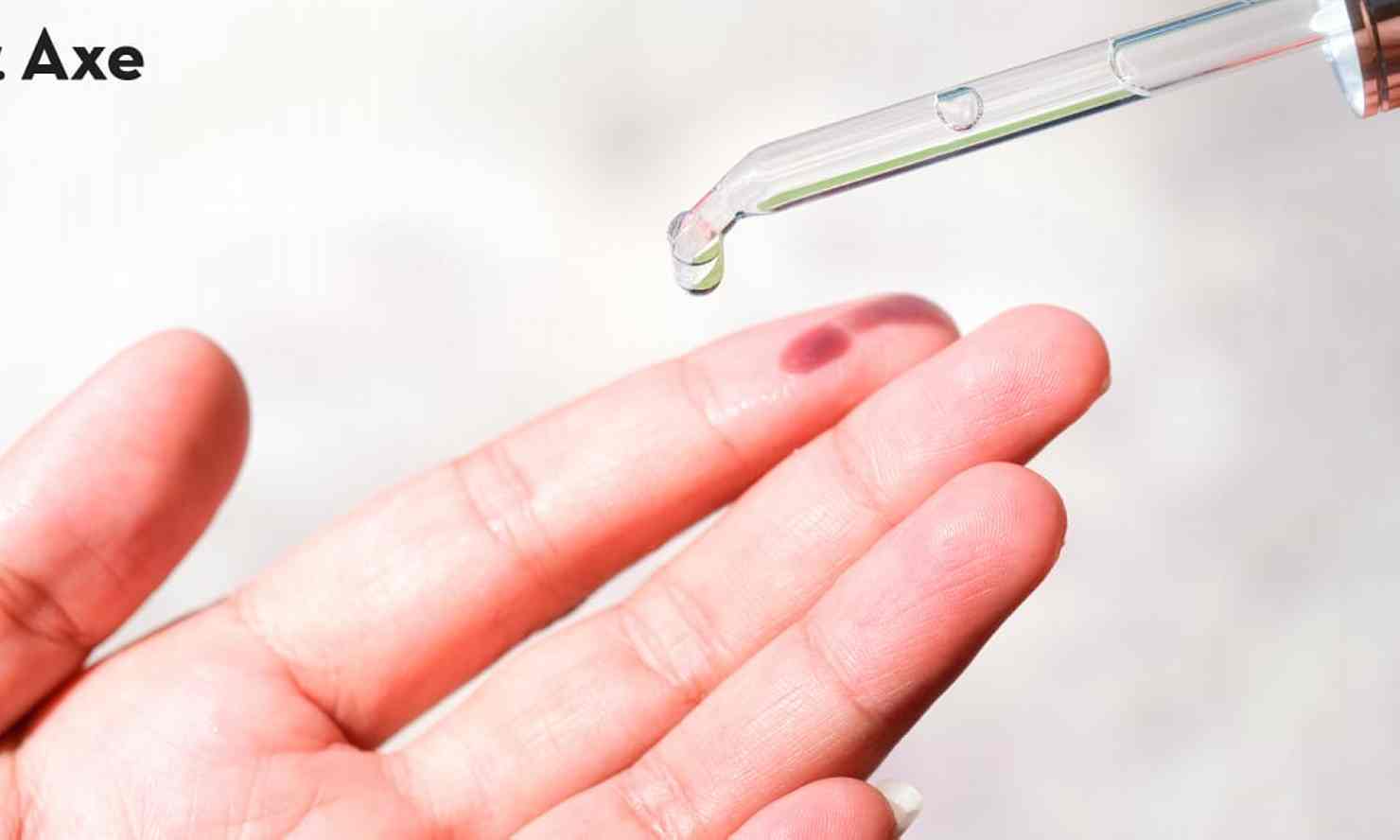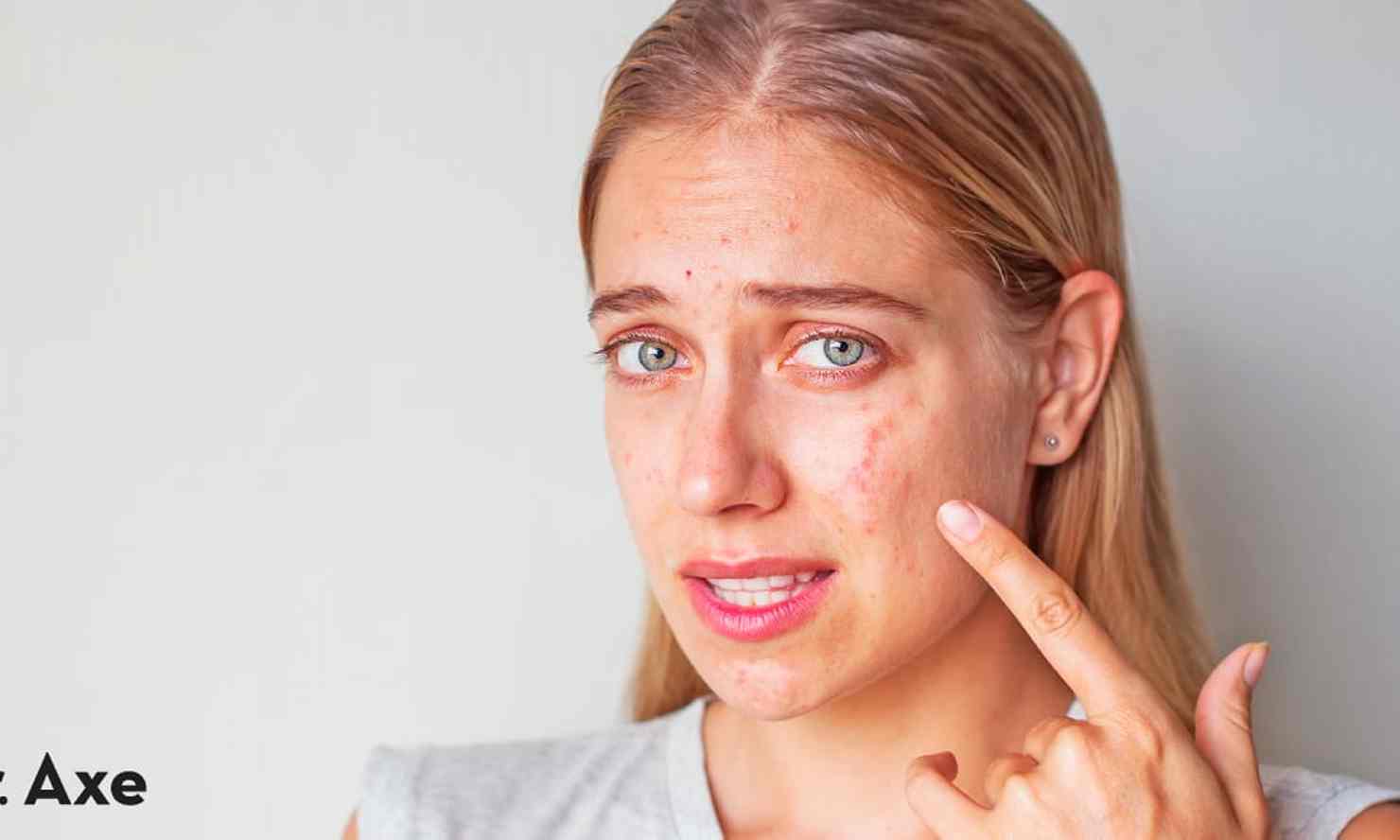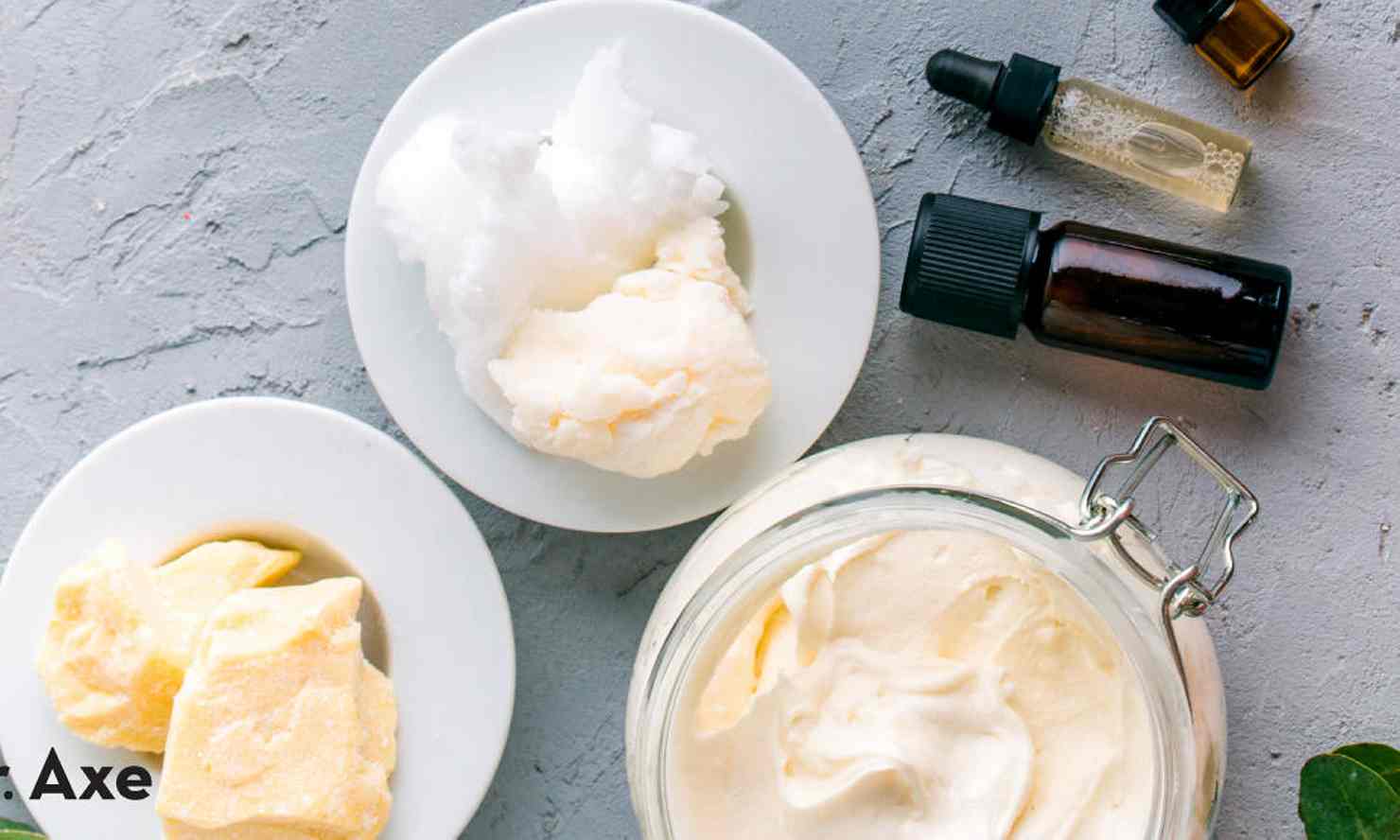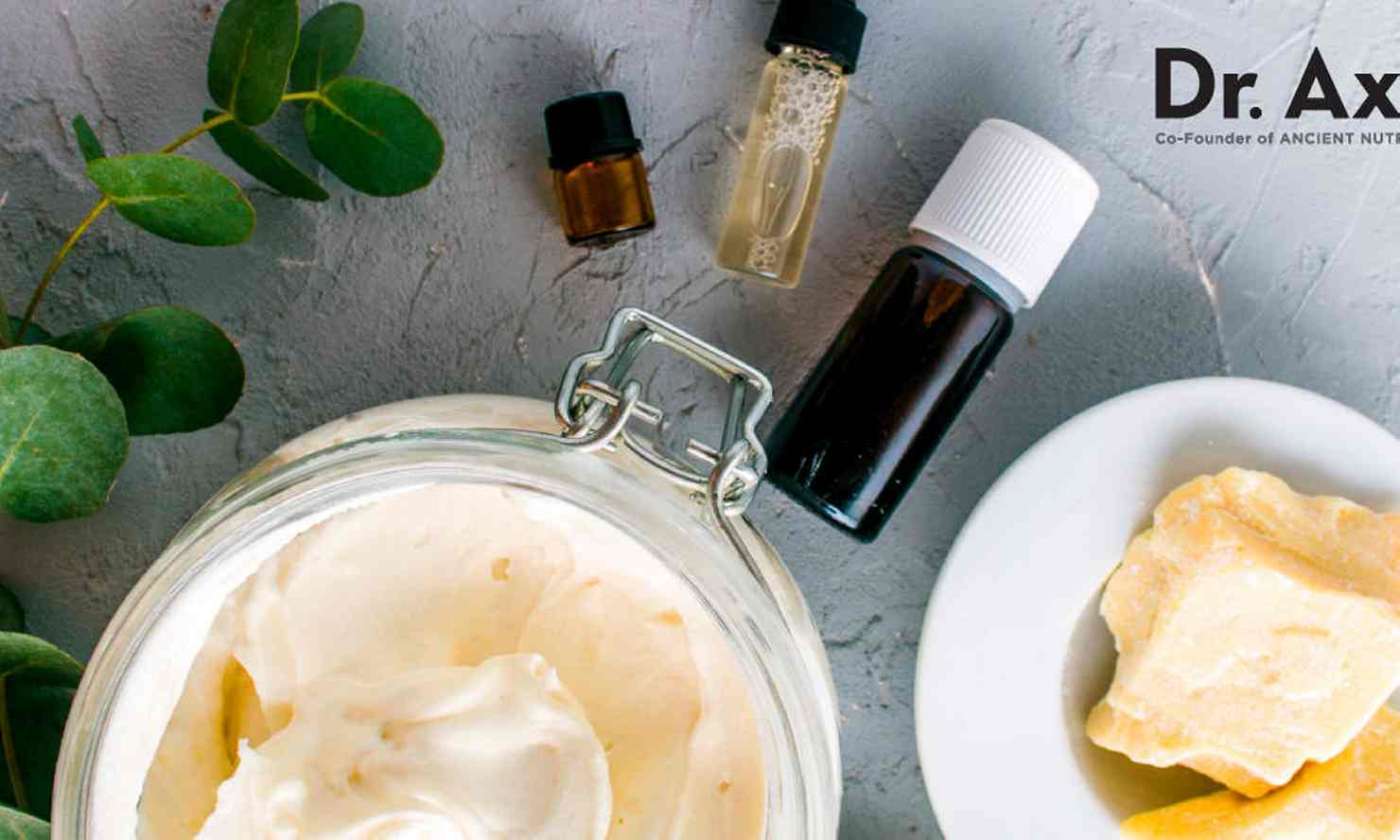
Have you ever ever puzzled if swimming in swimming pools handled with chlorine is unhealthy for you? Chlorine would possibly do a fantastic job of killing micro organism in swimming pools and scorching tubs, however sadly, it’s fairly harsh towards your pores and skin (and hair) — which is the place chlorine rash is available in.
As a result of chlorine can zap moisture from pores and skin and disrupt regular sebum (oil) manufacturing, a threat you’re taking when swimming in some swimming pools is the potential to develop an itchy, pink chlorine rash.
What Is a Chlorine Rash?
Because the title implies, a chlorine rash is a sort of pores and skin response brought on by publicity to the chemical chlorine.
Most frequently it develops after somebody has been swimming in a pool or soaking in a scorching tub that’s been handled with chlorine. It could actually additionally happen if somebody’s pores and skin touches robust family cleaners, resembling bleach merchandise, which comprise chlorine.
What’s chlorine precisely? It’s a chemical component that’s used as a disinfectant, since it may kill microbes dwelling in water. In truth, it’s one of many largely extremely produced and used chemical compounds in the USA.
It has a powerful odor, which is why you possibly can normally odor it when it’s utilized in excessive quantities. Not solely can it irritate the pores and skin, however it may additionally irritate the eyes and the within of the physique, such because the nasal passageways, when it’s ingested or breathed in.
Chlorine Rash vs. Swimmer’s Itch:
One other kind of pores and skin situation that may develop after somebody has been swimming outside is “swimmer’s itch,” a sort of allergic response to pathogens that may dwell in contemporary or salt water.
Whereas a chlorine rash normally happens after somebody has hung out in a pool, swimmer’s itch normally develops after somebody has been swimming in outside, contemporary water.
Swimmer’s itch is normally brought on by tiny parasites that make their approach into water, resembling lakes or ponds, from birds or different animals. The parasites lay larvae that may connect to folks’s pores and skin, burrow into the pores and skin and trigger an allergic rash.
Signs of swimmer’s itch normally embody:
- Pores and skin rash that appears like tiny pink dots
- Tingling and ache
- Itching
- Typically lesions that blister, bleed and scab over
Signs
What does chlorine rash appear like?
The principle signs of a chlorine rash are:
- Dryness
- Redness
- Tenderness
- Irritation
- Itchiness
- Pores and skin lesions, hives, scales or crusts that type on the pores and skin if the rash is extreme
Normally a chlorine rash seems as dry, irritated pores and skin, typically which can be pink. Some people who find themselves particularly delicate to chlorine additionally develop an itchy rash (hives) when uncovered to it.
Nevertheless, individuals who develop pink or dry pores and skin after being in a swimming pool are usually not truly allergic to chlorine. In line with the American Faculty of Allergy, Bronchial asthma & Immunology, “What you assume is a chlorine allergy would possibly truly be underlying bronchial asthma, exercise-induced bronchoconstriction (EIB) or bronchospasms …
“Chlorine could not directly contribute to allergic reactions by irritating and sensitizing the respiratory tract.”
How lengthy does a rash from chlorine final?
Usually the rash will develop inside a couple of hours of the pores and skin coming into contact with chlorine. Relying on how extreme somebody’s signs are, the rash would possibly final one to 4 days. Usually it’ll clear up inside about three days.
Causes
Dermatologists contemplate a chlorine rash to be a sort of irritant dermatitis. The rash itself is definitely brought on by a minor chemical burn that dries out pores and skin and causes irritation.
The principle contributor to the rash is hypochlorous acid, which is shaped when chlorine and water are mixed.
As one dermatologist defined to Prevention journal, “This acid can open the pores, breaking down the pores and skin’s pure oils and moisture barrier, inflicting dryness. The longer you keep within the water, the more serious it will get.”
Some individuals who have allergic reactions/bronchial asthma are extra prone to extreme chlorine rashes and different reactions, however chlorine isn’t an allergen itself.
Danger components for creating a chlorine rash embody:
- Having delicate or already-dry or broken pores and skin, resembling pores and skin liable to eczema or different sorts of dermatitis.
- Spending a number of time in chlorinated water or being in chlorinated water for lengthy durations. This is applicable to aggressive swimmers, individuals who train in swimming pools usually and lifeguards.
- Not showering after being uncovered to chlorine.
- Having allergic reactions or bronchial asthma; chlorine irritates the sinuses, which can set off the immune system to trigger a rash.
How one can Deal with/Stop
How do you eliminate chlorine rash? Comply with the steps beneath to guard your pores and skin from irritation and dryness:
1. Keep away from Lengthy Durations of Chlorine Publicity
Strive to not spend greater than about half-hour in any water that’s handled with chlorine. If potential, keep away from swimming pools which have not too long ago been handled with excessive concentrations of chlorine, resembling to kill a possible pathogen discovered within the pool.
Indoor and public swimming pools are typically handled in better concentrations than non-public swimming pools at folks’s properties. When you’ve got a pool at house, contemplate switching to salt water, which may lower down on the quantity of chlorine wanted.
2. Apply Protecting Balm to Pores and skin Earlier than Swimming
Some skincare merchandise might help create a barrier on the pores and skin that protects chemical compounds from being absorbed. One of the best varieties are Aquaphor or Vaseline (petroleum jelly), which assist decrease the quantity of chlorine that may make its approach into your pores.
Earlier than swimming, apply a beneficiant quantity of those merchandise to your pores and skin the place you’re most delicate.
When you’re spending time outdoors within the solar and in addition need to shield your pores and skin from a sunburn, first apply ointment/moisturizer to dry pores and skin, after which apply sunscreen on high of it.
3. Wash Your Pores and skin Earlier than and After Being Uncovered
Ideally, bathe earlier than and after you get in a pool that incorporates chlorine. Showering earlier than will take away micro organism out of your pores and skin that may work together with chlorine in a approach that makes rashes worse.
Showering after is essential for eradicating the chlorine so it doesn’t sit in your pores and skin for lengthy durations. The longer it comes into contact along with your pores and skin, the more serious your rash will doubtless be.
Attempt to bathe off proper after getting out of the pool/scorching tub. Use a delicate and pure cleanser made for delicate pores and skin, resembling one with none fragrances, exfoliants or acids.
4. Use Loads of Moisturizer and Vitamin C
Proper after showering, apply moisturizer to stop dryness.
Typically, you need to forestall your pores and skin from changing into too dry and flaky, which makes it extra prone to rashes. Strive exfoliating gently about twice per week, keep away from utilizing too many irritating merchandise (resembling zits remedies in case your pores and skin is already delicate) and shield your pores and skin from sunburns.
Search for moisturizers with components resembling ceramides, colloidal oatmeal and aloe. For the most effective outcomes, slather it on proper after washing your pores and skin, which helps lock in probably the most moisture.
You can too add vitamin C serum to your skincare routine to additional shield it from injury. Search for a skinny vitamin C serum or lotion that may be utilized beneath thicker moisturizers and sunscreens.
5. Apply Anti-itch Cream
In case your rash is usually delicate and never itchy, then follow the steps above. When you’ve developed a extra extreme rash that’s pink, itchy and fairly infected, attempt making use of an over-the-counter hydrocortisone cream or a do-it-yourself anti-itch cream.
Do that for 2 to a few days to see if the rash improves. If it doesn’t, go to your physician for assist.
When to See a Physician
When you’ve developed a chlorine rash that doesn’t go away inside a number of days after following the steps above, speak to your dermatologist or well being care supplier, who could counsel you employ stronger anti-inflammatory lotions.
Name your physician straight away in the event you develop a extreme rash that’s oozing, painful or highly regarded.
Keep away from any additional publicity to chlorine, daylight or harsh skincare merchandise whereas the rash heals.
Conclusion
- When your pores and skin is uncovered to the chemical chlorine you possibly can develop a sort of dermatitis that’s principally a chemical burn. That is known as a chlorine rash, and it normally impacts individuals who swim in handled swimming pools typically or who’ve delicate pores and skin.
- Will a chlorine rash go away by itself? It in all probability will inside a couple of days if it’s delicate or reasonable, however there are steps you possibly can take to hurry up the therapeutic course of.
- Wash your pores and skin earlier than and after being uncovered to chlorine. Apply a protecting ointment earlier than swimming (beneath sunscreen), after which bathe proper after you get out of the pool/scorching tub.
- Apply vitamin C and moisturizer to wash pores and skin straight away. Shield your pores and skin from additional irritation or burns.
- Go to your physician if the rash is extreme, painful and blistering.





